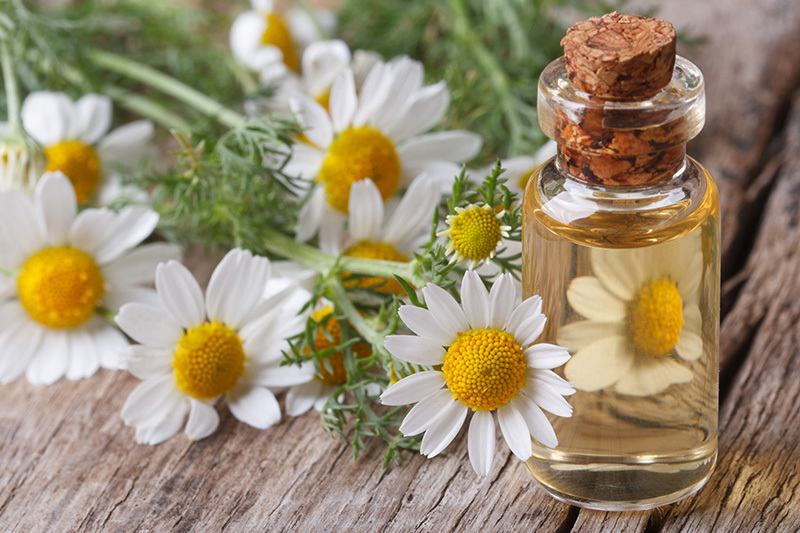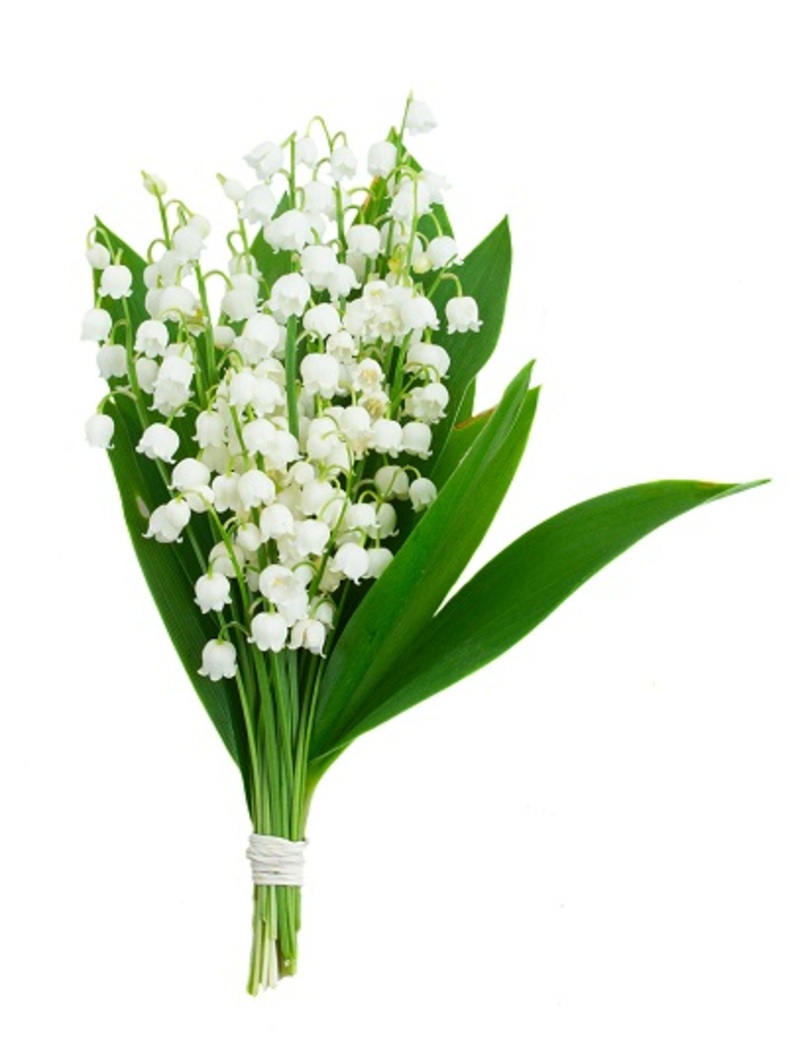Unlock 3 Essential Tips for Keeping Flowers Fresh
Posted on 04/07/2025
Discover how to keep your flowers looking vibrant and beautiful for longer with these proven techniques and expert advice.
Introduction: The Art of Prolonging Flower Freshness
Fresh flowers can brighten any room, evoke positive emotions, and serve as beautiful gifts for loved ones. However, their brief lifespan can often leave us wishing we could enjoy their beauty for much longer. If you've ever wondered how to keep flowers fresh for days or even weeks, you're not alone! Whether you've purchased a stunning bouquet or picked flowers from your own garden, understanding the essentials of prolonging flower freshness is key to maximizing their beauty.
In this comprehensive article, we'll unlock 3 essential tips for keeping flowers fresh that are backed by both florists and scientists. With the right knowledge, your vibrant blooms will stay fresher, longer--elevating your home's ambiance and saving you money on constant replacements.
Tip 1: Master the Art of Flower Cutting and Preparation
Proper preparation is the cornerstone of extending the freshness of flowers. One common mistake is placing flowers directly into a vase without any trimming. Here's why avoiding this can make all the difference:
- Blocked Stems: When flowers are first cut, their stems quickly form a seal that can restrict water uptake.
- Air Embolism: Air entering the stem blocks the capillaries, leading to wilting.
- Bacterial Build-Up: Leaves below the waterline foster bacteria, which clog stems and reduce water flow.
Follow these step-by-step instructions to prepare your flowers:
- Trim the Stems at an Angle: Using a sharp, clean pair of scissors or a knife, cut 1 to 2 inches off the end of each stem at a 45-degree angle. This increases the surface area for water absorption and prevents the stem from resting flat at the bottom of the vase.
- Remove Lower Leaves: Strip away any leaves that will sit below the waterline in your vase. This step reduces bacteria growth and helps keep water clean.
- Re-Cut Regularly: Every 2-3 days, re-trim the stems and replace the water to maximize freshness.
- Use Clean Tools and Vases: Make sure all tools and containers are thoroughly cleaned to avoid introducing bacteria that cause flowers to deteriorate faster.
Remember: The quality of your preparation directly impacts how long flowers stay fresh. Quality preparation lays the foundation for the other tips to be effective.
Tip 2: Perfect Water and Nutrition for Maximizing Flower Longevity
Water plays a critical role in extending the life of fresh flowers. But there's more to it than simply filling the vase with tap water. Here's how to unlock the secret to creating an ideal environment for your cut flowers:
Best Practices for Watering Flowers
- Use Room-Temperature Water: Cold water can shock stems, while hot water can damage delicate petals. Opt for room-temperature water for optimal absorption.
- Change Water Frequently: Replace vase water every 2-3 days to rid the environment of bacteria and keep flowers hydrated.
- Keep Water Level Consistent: Ensure stems are always submerged, as exposed ends will seal and block water uptake.
The Magic of Flower Food and DIY Alternatives
Commercial flower preservatives are specifically formulated with nutrition, bactericide, and acidifiers to balance the water's pH. But if you don't have sachets of flower food on hand, DIY solutions can work wonders:
- Sugar: Acts as a vital energy source for cut blooms.
- Vinegar or Lemon Juice: Acidifies the water to slow bacterial growth and help flowers absorb water more efficiently.
- Bleach: Just a drop or two can inhibit bacteria (but don't overdo it, as too much can harm the flowers).
Try this easy DIY flower food recipe:
- 1 teaspoon sugar
- 2 teaspoons lemon juice (or white vinegar)
- 1 quart of room-temperature water
- Optional: 1-2 drops bleach
Mix all ingredients thoroughly before adding to your flower vase. This solution helps maintain flower freshness by balancing the water's nutrients and pH, keeping troublesome bacteria at bay.
Tip 3: Choose the Perfect Spot--Environmental Control for Fresh Flowers
Where you place your flowers can dramatically affect their longevity. Temperature, sunlight, and air quality all contribute to the lifespan of your arrangement. Here's how to create the ideal environment to boost fresh cut flowers' longevity:
- Avoid Direct Sunlight: Place your vase in a cool, shaded area. While plants need sunlight to grow, cut flowers wilt quickly when exposed to direct rays, which hastens their demise.
- Keep Away from Heat Sources: Radiators, heating vents, and even household appliances emit heat that can dehydrate and destroy delicate petals.
- Don't Place Near Ripening Fruit: Ripening fruit releases ethylene gas, a compound that accelerates the aging process in flowers.
- Choose Well-Ventilated Areas: Stagnant air can trap humidity, while gentle airflow helps flowers stay crisp and vibrant.
Pro Tip: If you want to further preserve flower freshness, place your flowers in the refrigerator overnight. Lower temperatures slow down the aging process, a trick florists use to keep inventory looking stunning day after day.
Beyond the Essentials: Additional Expert Tips for Fresh Flowers
- Use Clean Tools and Hands: Always wash your hands and tools before handling flowers. Even small amounts of bacteria can shorten a bouquet's life.
- Separate Sensitive Varieties: Some flowers, like daffodils and lilies, secrete substances that can harm others in an arrangement. Consider placing them in their own vases.
- Remove Wilting Flowers Promptly: One fading bloom can spread bacteria to the rest, so remove any dying stems as soon as possible.
- Monitor Humidity: High humidity can foster mold, while very dry air dries out petals and leaves.
Common Mistakes That Shorten Flower Lifespan
Are your flowers wilting faster than expected? Watch out for these common pitfalls:
- Neglecting to change the water regularly
- Using dull scissors, which crush stems
- Leaving decaying leaves or petals in the water
- Placing flowers in direct sunlight or near appliances
- Overcrowding the vase, which reduces airflow
Avoiding these mistakes is as important as following the essential tips for flower preservation.
Understanding The Science of Flower Longevity
Have you ever wondered why flowers age and how these tips work? Once flowers are cut, they no longer have access to the nutrients and water provided by their roots. This makes them reliant on what you provide in the vase. The three essential methods described above--proper cutting, clean water, and environmental care--not only hydrate blooms, but also:
- Prevent Dehydration: Without enough water, petals wilt and vibrant colors fade quickly.
- Limit Microbial Growth: Bacteria and fungi block the water channels within stems, so a clean environment extends vase life.
- Slow Down the Aging Process: Cooler temperatures and the avoidance of ethylene-producing fruit limit the production of hormones that signal cell breakdown.
Frequently Asked Questions
- How often should I change the water in my flower vase?
- Change the water every 2-3 days for optimal freshness. Always clean the vase before refilling.
- What household items can be used to keep flowers fresher for longer?
- Besides flower food, lemon juice or white vinegar, sugar, and a tiny amount of bleach are effective in keeping bacteria at bay and providing nutrients.
- Which flowers are known for lasting the longest?
- Chrysanthemums, orchids, carnations, and alstroemeria are some of the flowers that can remain fresh for up to two weeks or more with proper care.
- Why do some flowers wilt faster than others?
- Certain species are naturally more delicate, while others produce self-toxic substances or are more susceptible to bacterial contamination.
Conclusion: Enjoy Stunning Flowers for Longer
With the right approach, fresh cut flowers can remain impressive and beautiful in your home for much longer than you might think. By following the 3 essential tips for keeping flowers fresh--preparing your stems with care, ensuring ideal water conditions, and choosing a perfect vase location--you'll transform any bouquet into a lasting work of art.
Don't forget to incorporate advanced strategies and avoid common mistakes to reap maximum enjoyment from your next vibrant display. Now that you've unlocked the secrets to flower freshness, enjoy every moment of natural beauty and joy that fresh blooms bring into your life!
Do you have more questions about keeping flowers looking their best or want specific advice based on the types of flowers you love? Share your thoughts, and let's help you keep your home blooming!


Latest Posts
Transforming Your Garden with Healthy Hydrangeas
Achieving Orchid Perfection: A Care Guide
Unlock 3 Essential Tips for Keeping Flowers Fresh
Your Birth Flower: Decoding Its Hidden Messages About You
Romantic Blooms: The 5 Best Flowers for Valentine's Day Surprises






